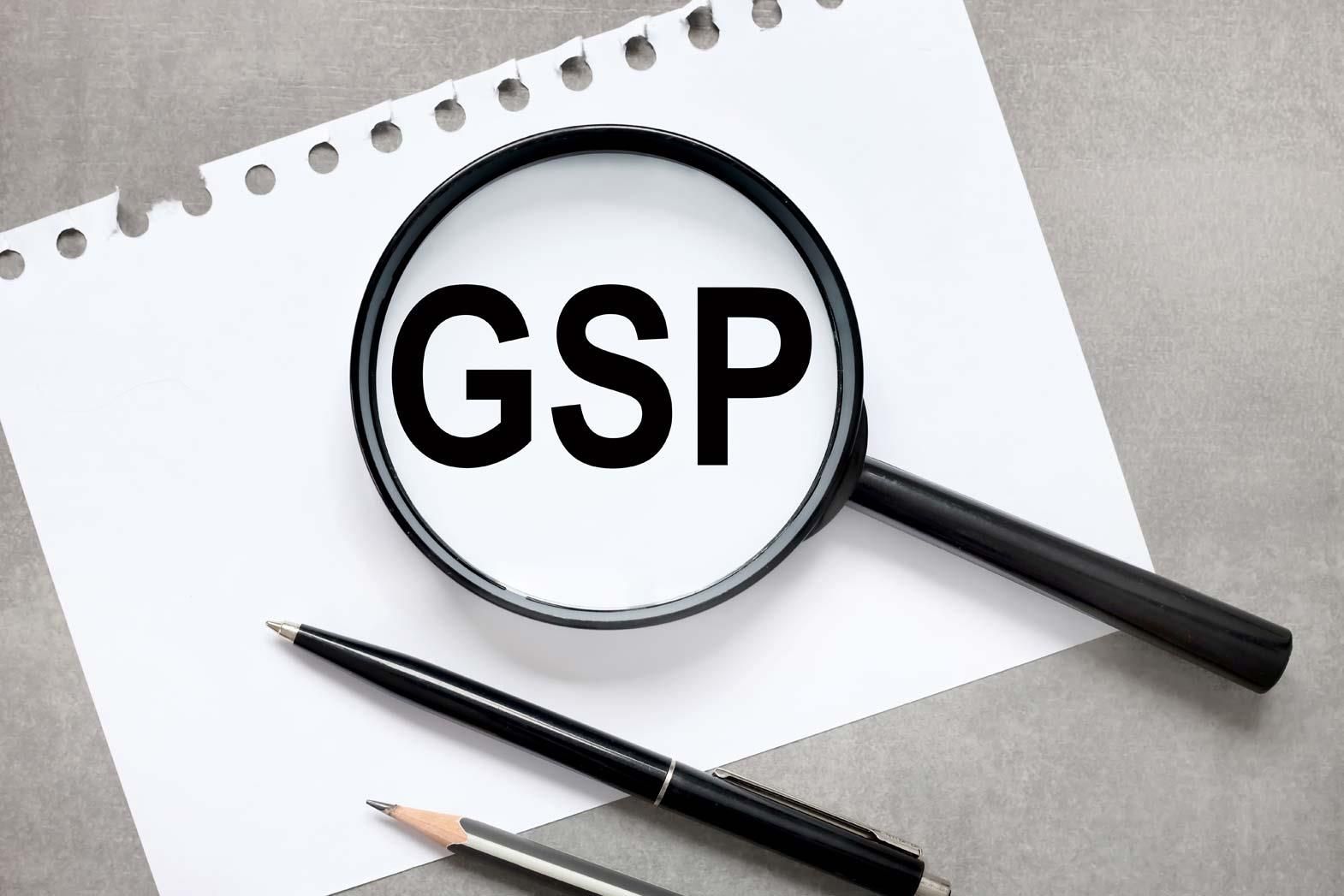The EU is now having a second look on the countries that are eligible for concessions under GSP scheme. The European Parliament has backed a planned reform of the EU's Generalised System of Preferences (GSP) system that will see high or upper middle income countries lose tariff breaks for their textile and clothing exports to the European Union (EU) from 2014. The vote by MEPs means that from 1 January 2014, EU trade preferences will focus on poorer, developing countries. The changes will also see a stiffening of safeguards for the EU textiles sector to ensure that the GSP concession does not lead to import surges that harm EU textile and clothing producers.
A new rule now means that tariff preferences for these products will be suspended for a given country if its exports to the EU grow by 13.5% or more in a year (down from the Commission proposal of 15%), or if imports of specific products exceed 6% of total EU imports of these products (down from the Commission proposal of 8%).
The updated GSP removes tariff preferences such as reduced or zero duties for EU imports from countries where per capita income has exceeded $US 4,000 for four years. The move is likely to hurt countries like Brazil, Argentina, Russia and Saudi Arabia.
There will also be formal losses of GSP status for Mexico, South Africa,Turkey, Chile, Algeria, Colombia and Peru, but these countries (and others -especially many neighbouring the EU) already have good market access through free trade and other preferential deals.
"The Parliament has focused on making the system more transparent, more predictable and more generous for the countries that remain in it", said Swedish MEP Christofer Fjellner. The update will reduce the number of countries that enjoy preferential access to EU markets from 176 to around 75. It will also reduce the total value of imports that qualify for EU preferences fromEUR60bn in 2009 to about EUR37.7bn in 2014. However, the new rules will enable three new countries - Pakistan, the Philippines and Ukraine - to apply for zero EU duties on their exports to the EU under the GSP incentive scheme.
To qualify, these exports would have to account for less than 2% of the EU's total GSP imports (up from 1% at present) and the countries would have to prove that they abide by 27 international conventions in the field of human rights and sustainable development. The EU textile and clothing industry, however, believes lifting this Vulnerability Threshold from the current 1% to 2% so that Pakistan is able to take advantage of GSP+, "cannot be justified or accepted." Euratex (the European Apparel and Textile Confederation) points out that Pakistan is the fifth largest textile and clothing supplier to the EU and saw its imports jump 22% in 2011. "Moreover, this country has a dominant position in certain products, like bed linen or cotton fabrics, with import shares that can reach up to 80% in certain cases."
Also of concern is a decision by the World Trade Organization (WTO) to let the
European Union (EU) temporarily lift duties on 75 products from Pakistan - the majority of which are textiles, apparel, and footwear - for two years
from January 2012 to December 2013. "The waiver, if approved, would enter
into force immediately paving the way for the GSP in 2014," Euratex points
out. "Euratex acknowledges the positive aspects of the new GSP," its
President Alberto Paccanelli says. "However," he adds, "in our
sector it is not likely that this positive change will benefit the weaker competitors;
instead it will increase the dominance of major suppliers like Pakistan.
According to officials at Pakistan's ministry of commerce, the EU has finalised
a list of 26 items on which the Tariff Rated Quota (TRQ) will be applied -
instead of the original EU agreement to allow duty-free export of 75 items
including textiles, garments and, leather goods. Initial estimates had
suggested that Pakistan would earn about US$300m over the next three years, but
the financial benefit of the concession is now likely be far less. The amount
was to be spent on the victims of the floods that devastated the country in
2010.
This article was originally published in the Stitch Times, July, 2012.








Comments